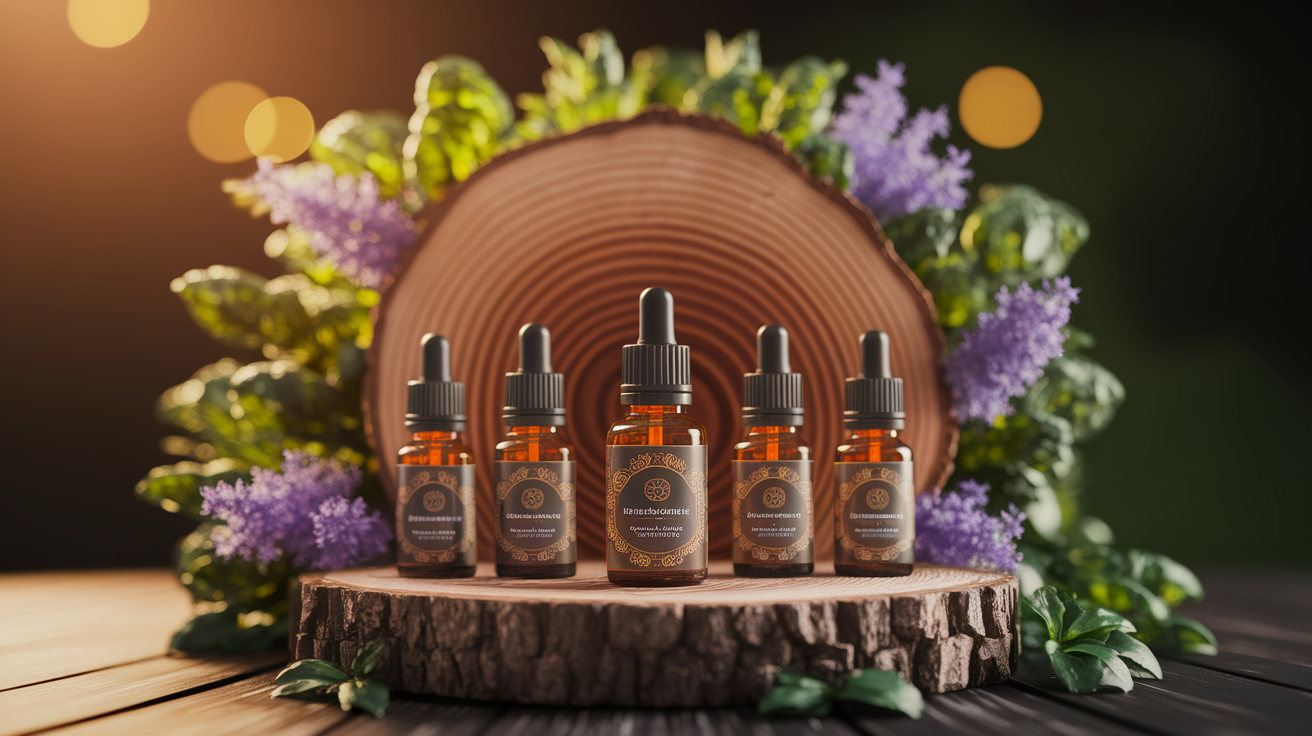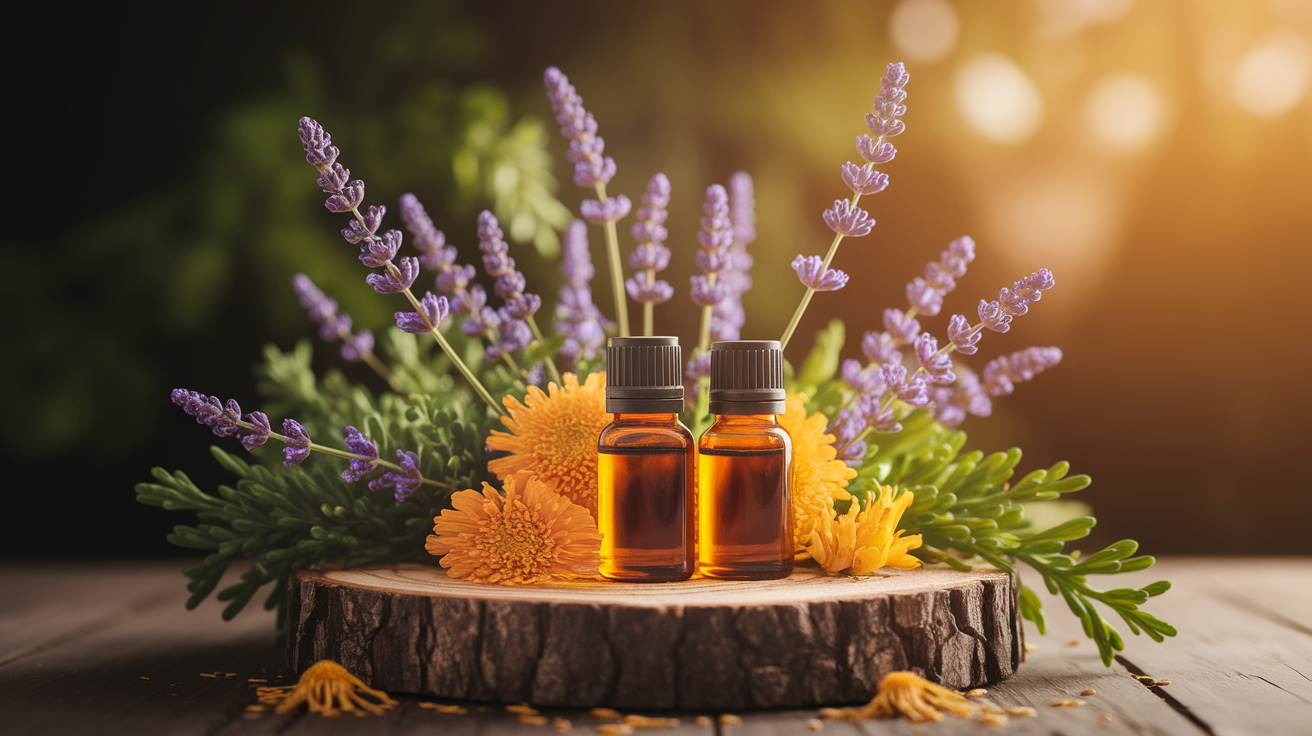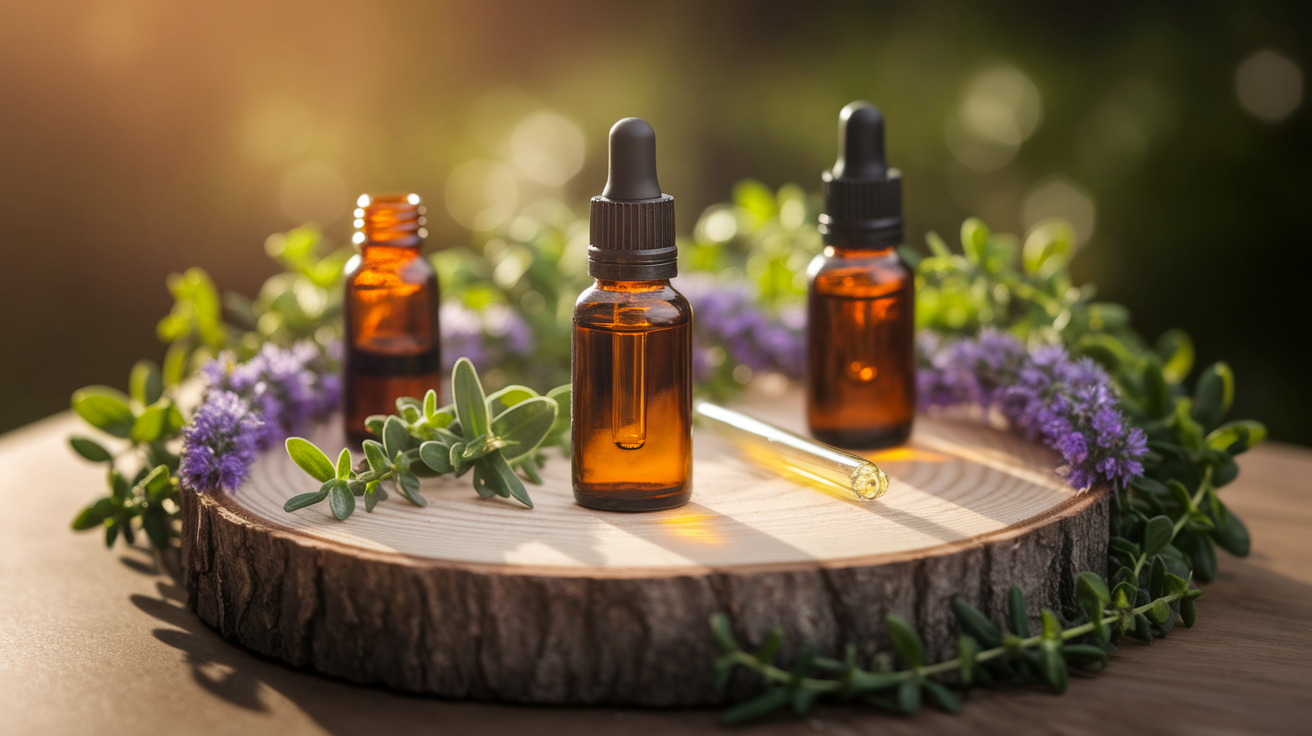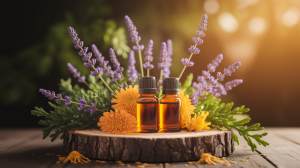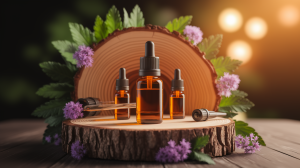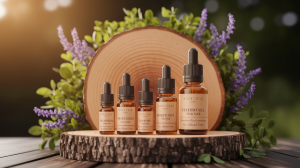When Scents Take Over: A Quick Answer
Hyperosmia is like having your nose turned up to max volume—you catch every scent, often at full blast, even when others barely notice it. For some, this heightened sense of smell feels magical; for others, it can be overwhelming, even triggering headaches or nausea. When strong fragrances or volatile organic compounds drift into your space, your olfactory system can quickly tip from curiosity into sensory overload. Add essential oils into the mix—potent by nature—and things get complicated fast. They’re concentrated plant essences that demand careful handling, especially if you already experience fragrance intolerance or scent-triggered reactions.
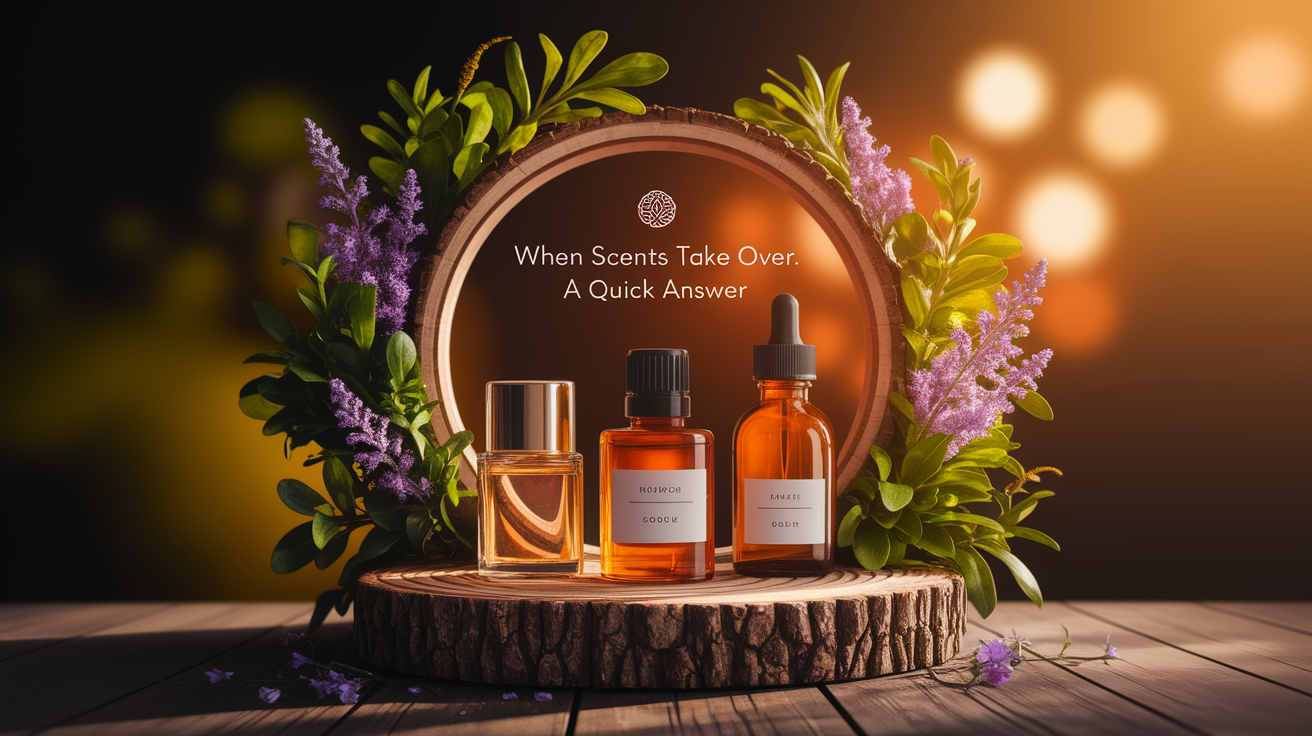
Understanding the mechanics of hyperosmia (more on the condition here) helps make sense of why certain smells hit harder. It’s not about weakness or pickiness—it’s an actual difference in how your olfactory receptors process chemical signals. Once you know that, you can start figuring out how essential oils might be a joy instead of a culprit.
How Essential Oils Interact with Hyperosmia
Essential oils pack a chemical complexity that can light up the senses—sometimes too much for someone with olfactory hypersensitivity. Their aromatic molecules zoom straight to olfactory receptors, releasing cascades of sensory information. In people with hyperosmia, that cascade can feel more like a flood. Picture opening a tiny bottle of eucalyptus oil: for most, it’s a refreshing breath; for someone with scent sensitivity, it may hit sharp and strong, almost stinging.
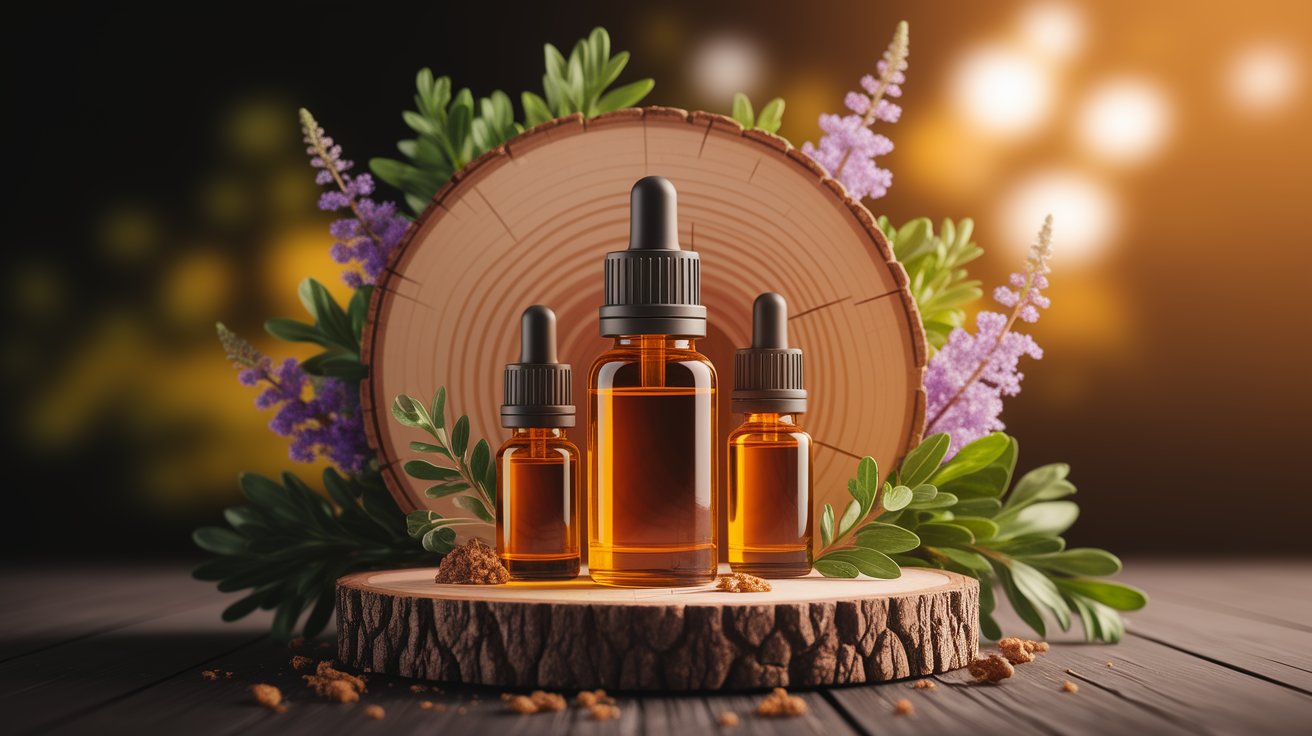
Some oils, like rose or lemon, deliver softer floral or citrus notes, yet even these can trigger scent-induced discomfort when inhaled at full strength. While their bioactive properties—including anti-inflammatory potential—make them valuable in therapeutic contexts, they must be introduced carefully. Hyperosmia isn’t about “liking” or “disliking” a smell; it’s about how intensely you register it, and how your body responds to that intensity.
Safe Selection and Use of Essential Oils
When every scent is amplified, your approach to essential oils needs a gentler touch. Dilution becomes your best friend—cutting the strength while keeping the therapeutic qualities. A hyperosmia-friendly method might mean using a fraction of the standard drop count in a diffuser, or blending oils with neutral carriers before inhalation.
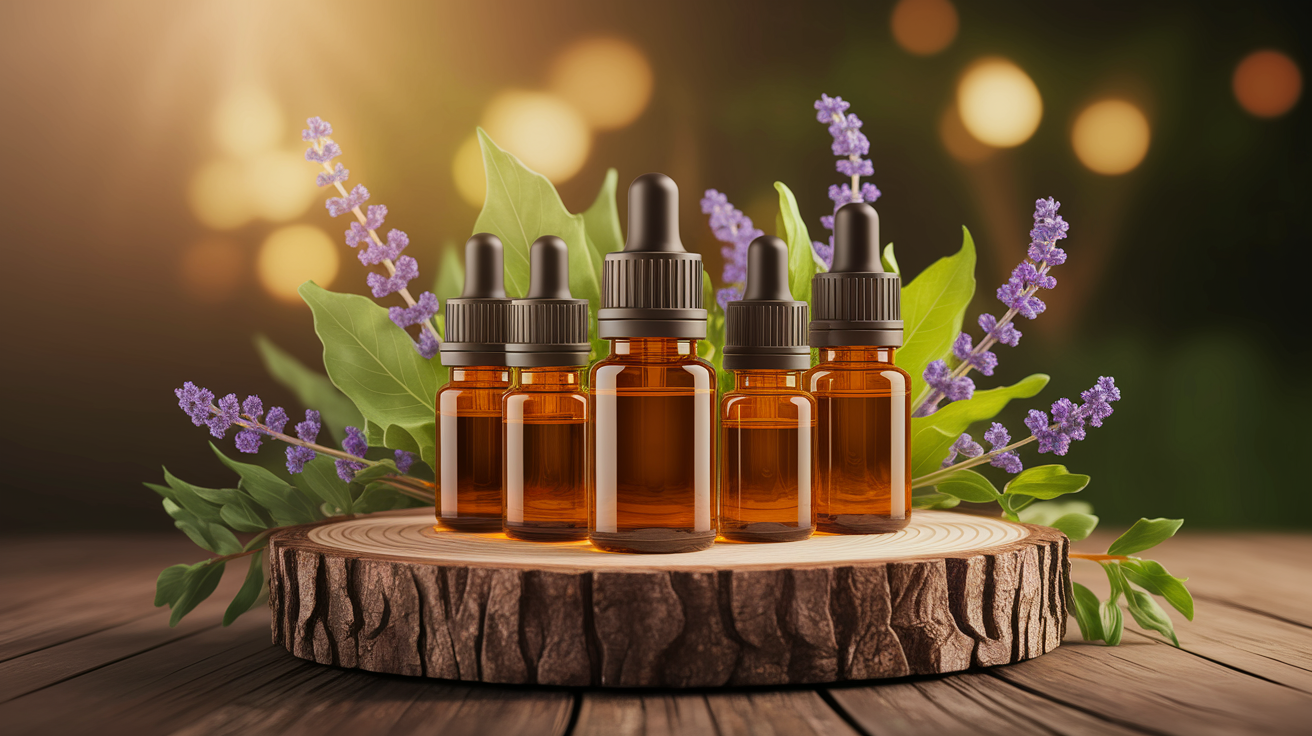
- Choose softly aromatic oils: Examples include chamomile, rose, or lavender, which tend to be smoother on sensitive noses.
- Test one scent at a time: This helps identify your triggers without risking olfactory overload.
- Avoid enclosed spaces: Strong scents in small areas can exaggerate the intensity.
For those with multiple chemical sensitivity or migraine triggers, it’s wise to keep an “emergency stop” plan in mind—ventilation, fresh air, or simply stepping away. Every nose tells a different story, so pay close attention to yours.
Olfactory Training Adapted for Hyperosmia
Olfactory training is often recommended for smell disorders like hyposmia or anosmia, but it can also be tweaked for scent sensitivity. The classic olfactory training setup uses four scents—often rose, eucalyptus, lemon, and clove—and involves consistent, brief exposure to each. The aim is to engage the brain’s smell-processing pathways, encouraging balanced perception rather than overload.

If hyperosmia is part of your daily life, that exposure needs more buffering. Instead of inhaling essential oils directly, try introducing them via diluted blends in open, well-ventilated areas. This keeps the interaction positive without overpowering your senses. There’s intriguing evidence from post-viral recovery studies showing essential oils help re-tune the olfactory system through repeated, gentle stimulation—adapt this method to suit your threshold and comfort level.
Taming the Aroma: Next Steps for Sensitive Noses
Living with hyperosmia means turning scent management into an art form. It’s about learning which aromas soothe and which spark discomfort, then curating your environment accordingly. You might find that low concentration essential oils, used sparingly, still deliver therapeutic benefits without triggering olfactory fatigue.
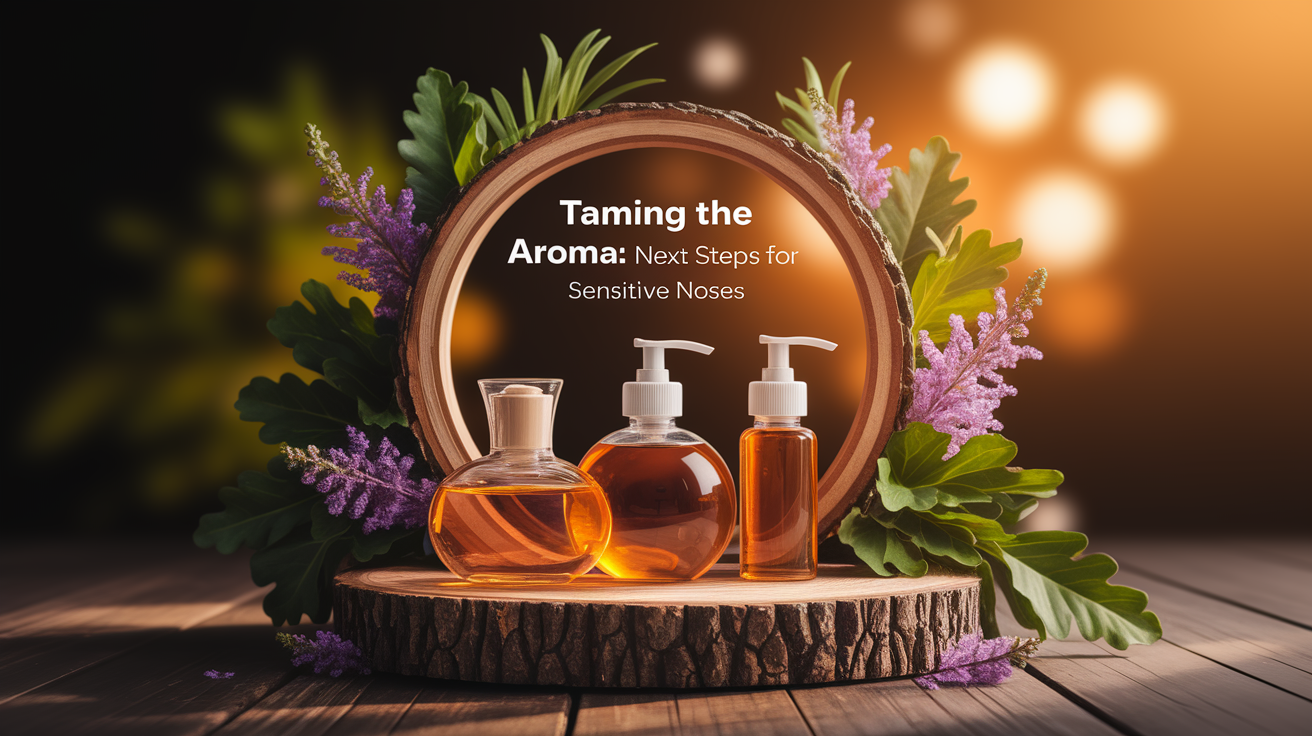
Consider scent-free intervals during the day to give your olfactory receptors a break—an approach that can reduce cumulative sensitivity. Combining this with calming scents in safe amounts, like a hint of lavender at bedtime, may promote relaxation instead of tension. If you’re curious about broader effects, olfactory enrichment research (study here) suggests gentle, regular scent exposure could even benefit cognitive health, but for hyperosmia, the focus is finding the sweet spot where scent enriches, not overwhelms.
Managing fragrance sensitivity isn’t about avoiding all scents—it’s about tailoring them so your senses stay balanced, your mind stays clear, and essential oils remain a source of joy instead of stress.

